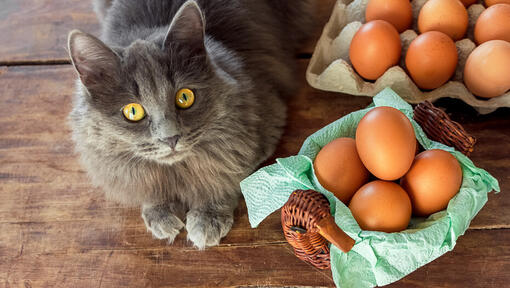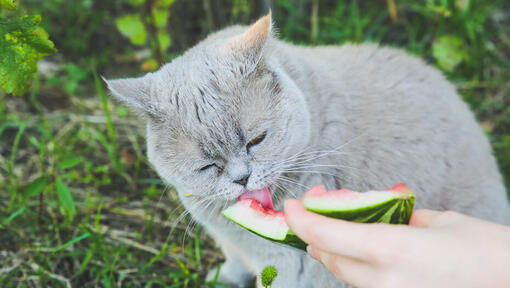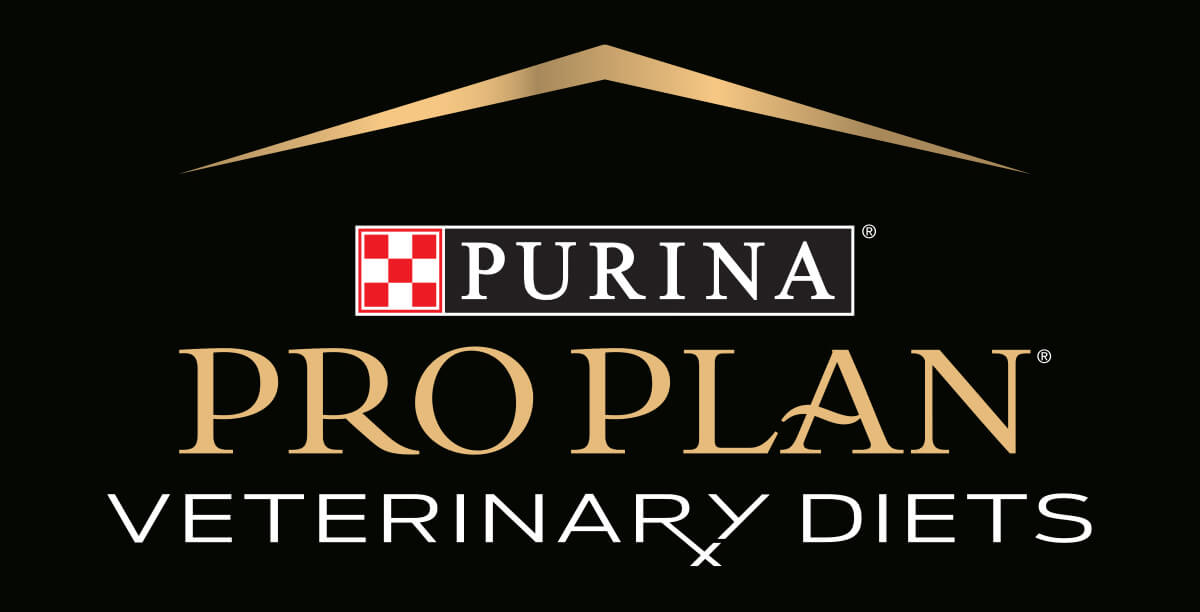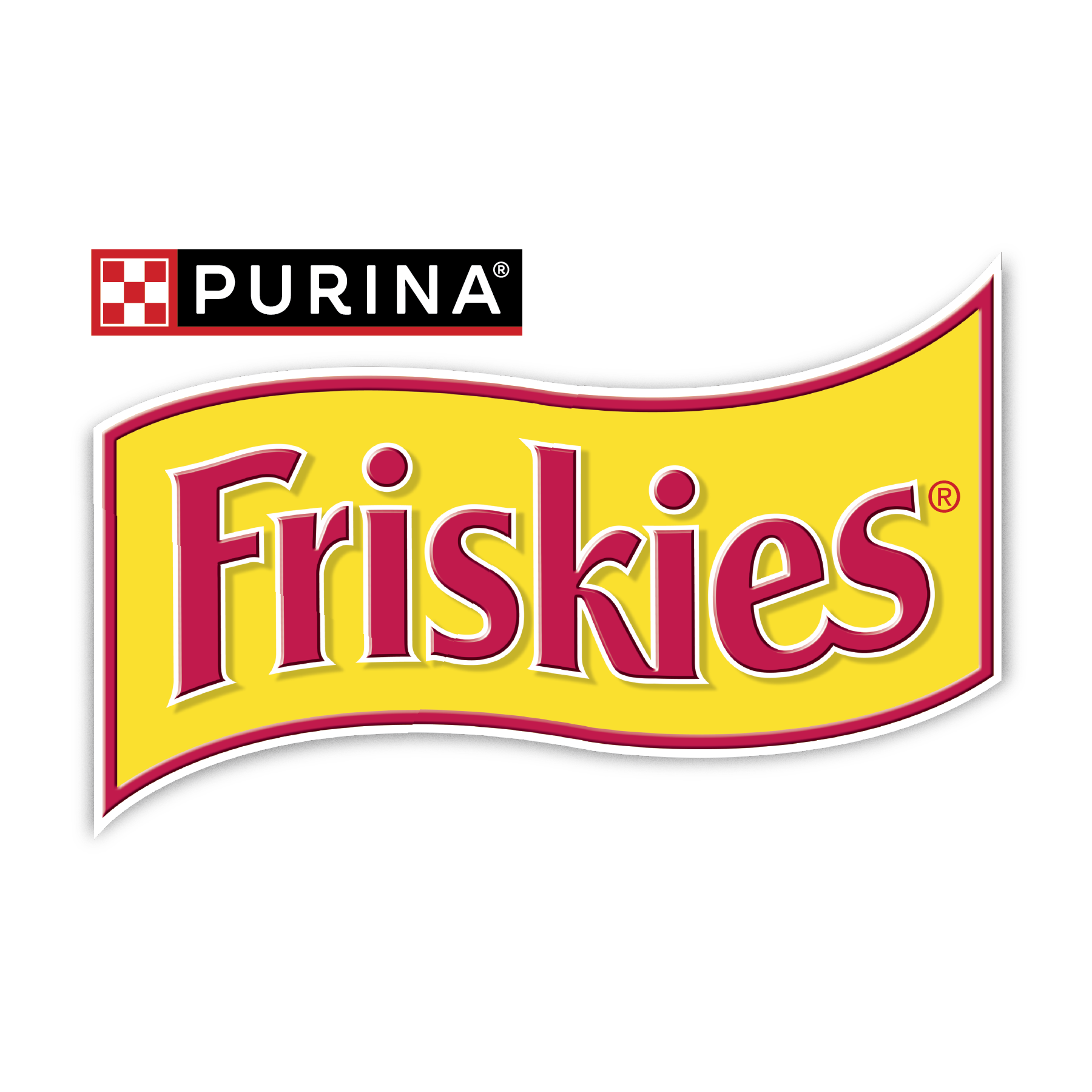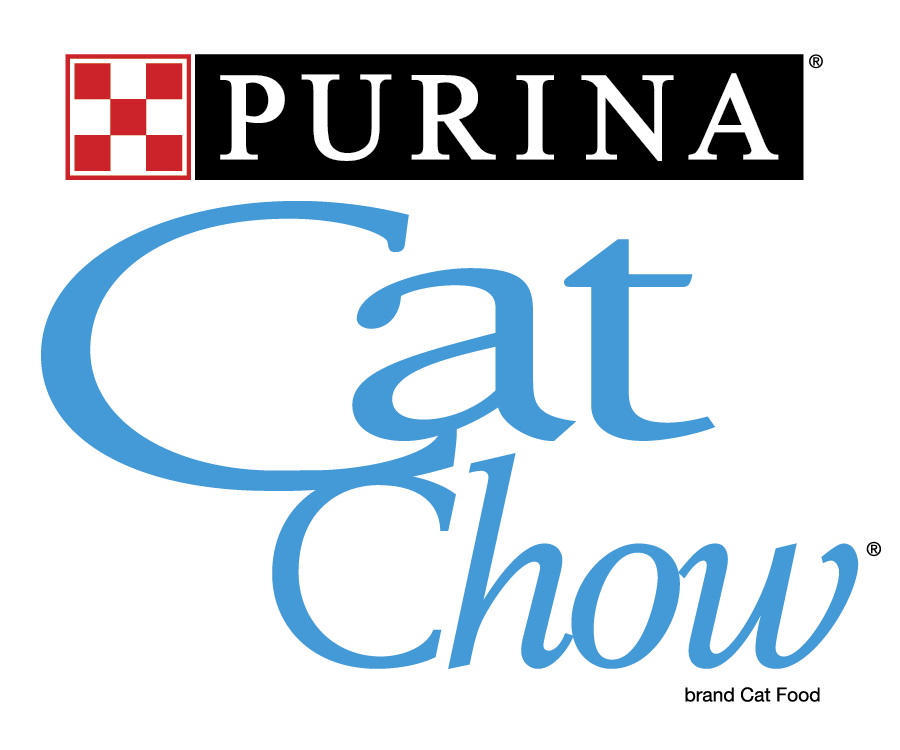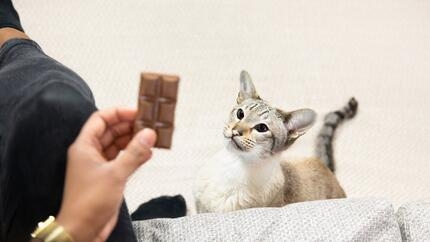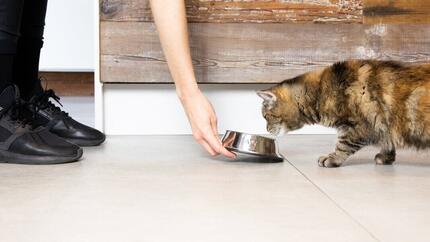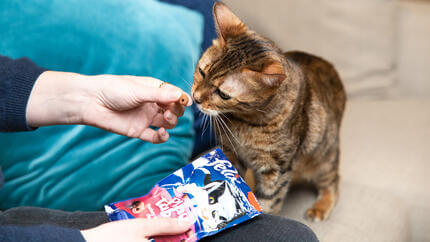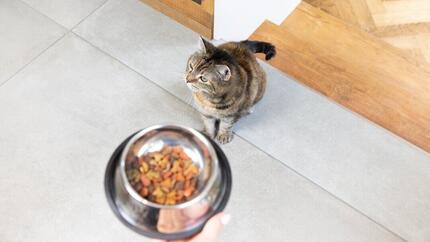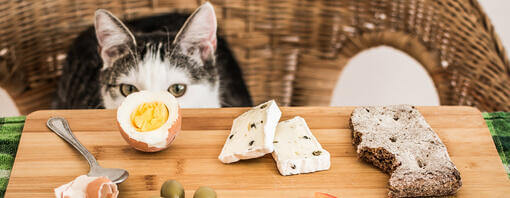
A lot of us will slip our cat a tasty morsel of what we’re eating, but have you ever stopped to think “what human foods can cats eat?” Find out what’s safe for your feline to chow down on with this guide.
A lot of people think that begging at the dinner table is behaviour that only dogs exhibit, but it’s actually very common for your feline to put on the kitty cat eyes too! If you’re tucking into a tasty tuna sandwich or enjoying bowl of ice cream, it’s highly likely your cat will be expecting you to slip a tasty morsel their way too. But it’s important to remember that just because a food is OK for us to eat, doesn’t automatically make it OK for them too.
We’ve put together this guide to tell you what human food cats can eat so you know what foods you can share, and what you shouldn’t!
What can cats eat?
Generally, your cat should get everything they need from a 100% complete and balanced cat food. There’s no need to add extra ingredients to your pets’ diet, but there are certain human foods you can give them as an occasional treat. Here are a few human foods your cat can eat:
Meats
Cooked, lean meats such as beef, chicken, turkey, liver and lamb are all ok for your cat to eat. However, it’s important that you take great care when serving to make sure the meat’s cooked through – never give cats raw meat – and remove all skin and bones before feeding your cat.
Fish
Cats are widely known for their love of fish and most types are actually fine for your cat to eat! They contain omega-3 fatty acids which is good for their overall health and may also be beneficial for cats with arthritis and kidney disease. As with meats, make sure the fish is properly cooked and all the bones are removed, and never give your cat raw fish.
Whole grains
Whole grains such as oats, corn, brown rice and even couscous all contain lots of protein and are all human foods your cat can eat.
Eggs
When you’re thinking about what cats can eat, it may surprise you to learn that eggs are on the menu! Cats can enjoy a small portion of cooked eggs (scrambled or boiled) and they’re full of amino acids and protein, so they make a healthy treat. Never feed your cat raw eggs, as like with humans, there’s a risk of salmonella.
Vegetables
It’s not uncommon for cats to hate vegetables, so they may simply turn their nose up when presented with one. However, if your feline enjoys an odd veggie snack, they do offer lots of vitamins, fibre and water. A few safe vegetables cats can eat are cucumber, steamed broccoli, carrots and asparagus and peas.
Fruits
Much like vegetables, fruits can also be a bit hit and miss with cats, with many not liking the texture or the taste. If your cat has a bit of a fruit sweet tooth, there’s actually quite a few that are safe for them to eat.
Many contain potassium, fibre, as well as being a source of vitamins A and C and are low in calories! Bananas, blueberries, cantaloupe, watermelon (seedless), peeled apples (deseeded) and pumpkins can all be offered as a tasty snack.
Human foods to avoid feeding your cat:
While there’s lots of human foods that are safe for cats to eat, there’s also plenty out there that should be avoided. Some of the foods/ingredients that are poisonous or harmful for cats are:
- Dairy: including milk, cheese and yoghurts.
- Chocolate: dark chocolate is particularly toxic.
- Nuts: particularly macadamia nuts and walnuts.
- Grapes and raisins.
- Coffee, tea or anything with caffeine.
- Foods of the allium family: garlic, onions, chives, leeks, shallots and scallions.
- Xylitol: usually found in sweets, certain peanut butters and gum.
- Coconut milk.
- Alcohol or foods containing alcohol.
- Seeds.
- Raw meats and fish.
- Cooked bones.
- Raw, uncooked bread dough.
For more information on harmful substances and poisonous foods for cats, check out our article.
That’s our guide to what cats can eat! Want more cat feeding tips and advice? Read our article on how to choose the best cat food for your pet, next.


